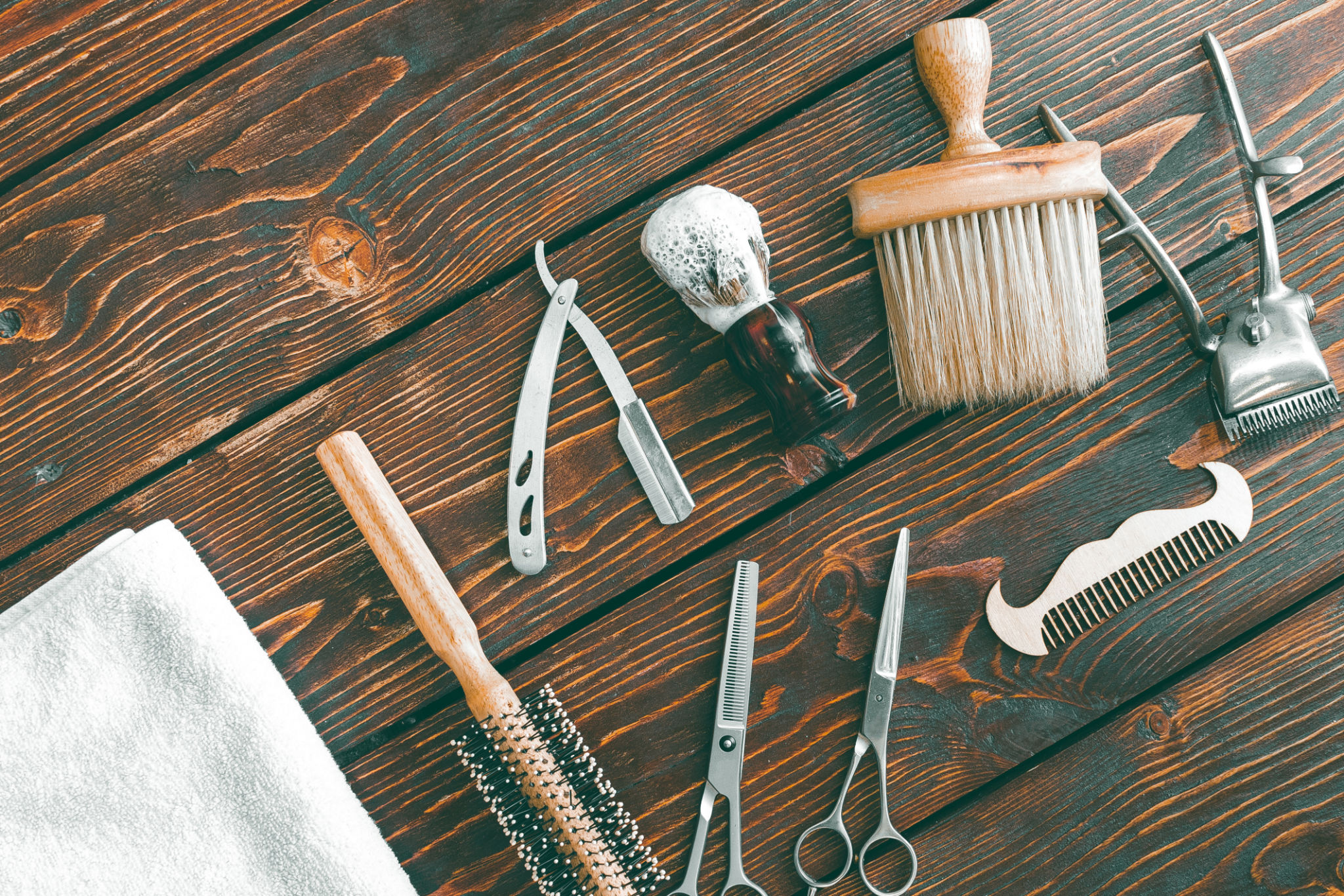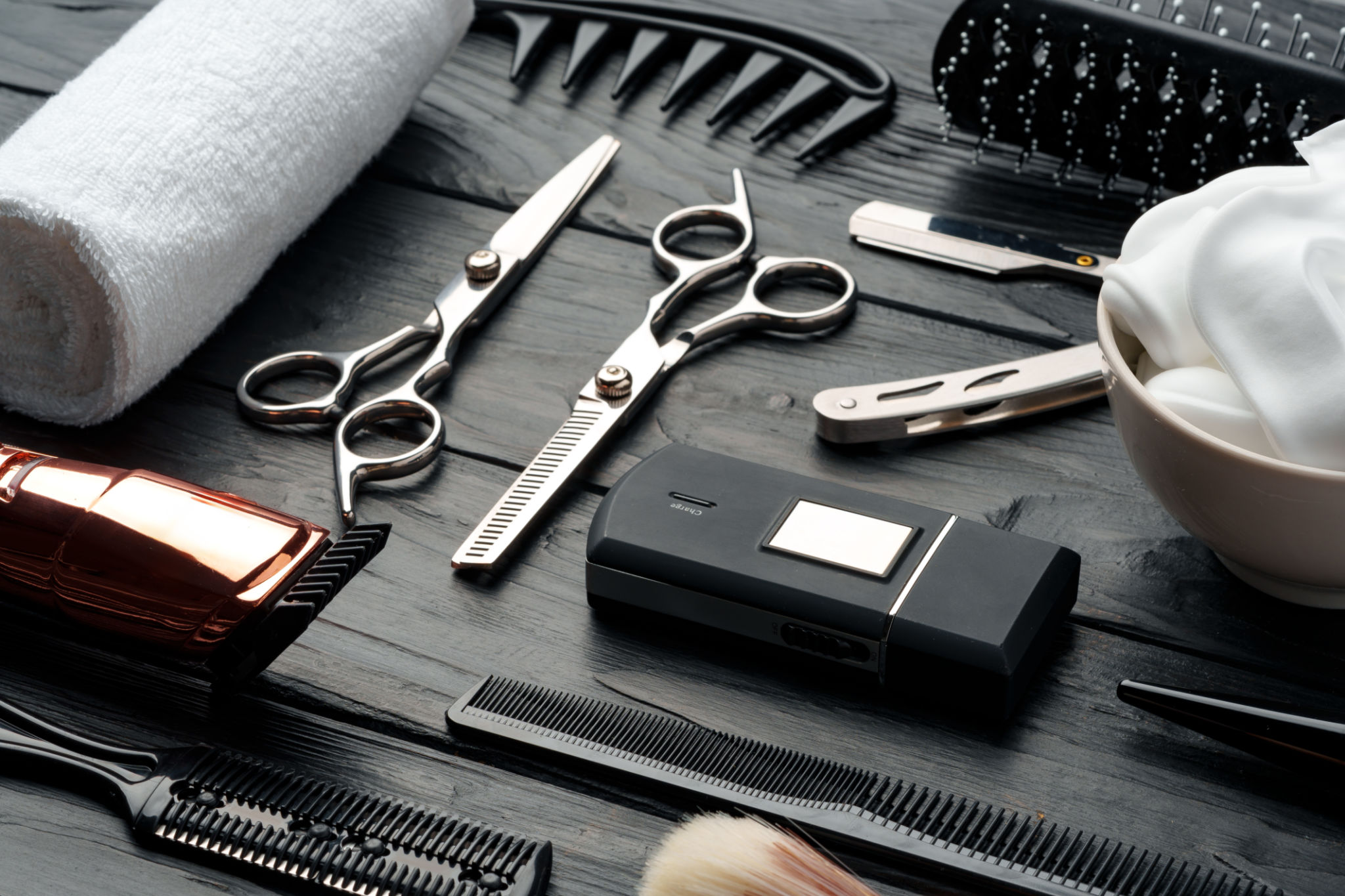The History of Classic Barber Cuts and Their Evolution in London
AB
The Origins of Barbering in London
The art of barbering has deep roots in London, dating back to the Roman occupation of Britain. During this period, barbers were esteemed members of society, often serving as surgeons and dentists due to their skills with blades. As time progressed, the role of the barber shifted more towards grooming, becoming an essential figure in local communities.
In medieval London, barbers were not just hair stylists but also played a crucial role in maintaining hygiene and health. They performed bloodletting and other medical procedures, which were believed to cure various ailments. The iconic barber pole, with its red and white stripes, symbolizes these dual roles: red for blood and white for bandages.

The Rise of Classic Barber Cuts
By the 19th century, the barbering profession in London had become more specialized, focusing primarily on haircuts and shaves. This era saw the emergence of classic barber cuts that remain popular today. Styles such as the slicked-back undercut and the pompadour became fashionable, influenced by both military and civilian trends.
These classic cuts were characterized by their clean lines and structured appearance. Men began to take grooming seriously, often visiting barbers weekly to maintain their sharp looks. The advent of new tools like safety razors and clippers revolutionized the industry, making it easier for barbers to achieve precise cuts.

20th Century Transformations
The 20th century brought significant changes to barbering in London. With the cultural shifts of the 1960s and 70s, hairstyles became a form of self-expression. Traditional barber cuts evolved as men experimented with longer hair, afros, and other styles that broke away from conventional norms.
Despite these changes, many classic cuts remained popular. The 1950s-inspired quiff and side part saw a resurgence in the late 20th century as vintage fashion made a comeback. Barbers adapted by offering a mix of traditional and modern styles, catering to diverse preferences.

The Modern Barbering Renaissance
Today, London is experiencing a renaissance in barbering. The city is home to a vibrant community of barbers who blend traditional techniques with contemporary trends. Barbershops have transformed into cultural hubs where people gather not only for grooming but also for social interaction.
Modern barbers are embracing innovation while preserving the heritage of classic cuts. Techniques such as fades, tapers, and creative designs are now integral to the barbering repertoire. This evolution reflects the dynamic nature of fashion and personal style in London.

The Future of Barbering in London
As we look to the future, the art of barbering in London is poised to continue evolving. Sustainability is becoming a key consideration, with many barbershops adopting eco-friendly practices and products. Additionally, the rise of digital platforms is changing how customers book appointments and interact with their barbers.
In essence, the history of classic barber cuts in London is a testament to the city's ability to adapt and innovate. From its ancient origins to its modern renaissance, barbering remains an integral part of London's cultural fabric. The enduring appeal of classic styles ensures that they will continue to influence grooming trends for generations to come.